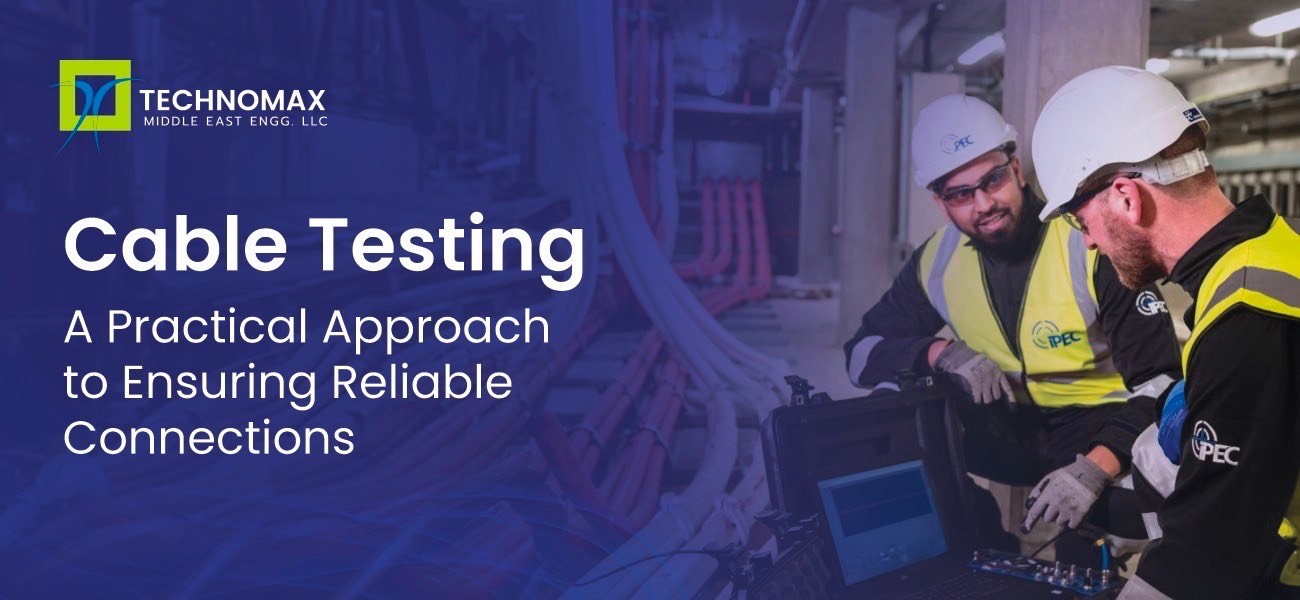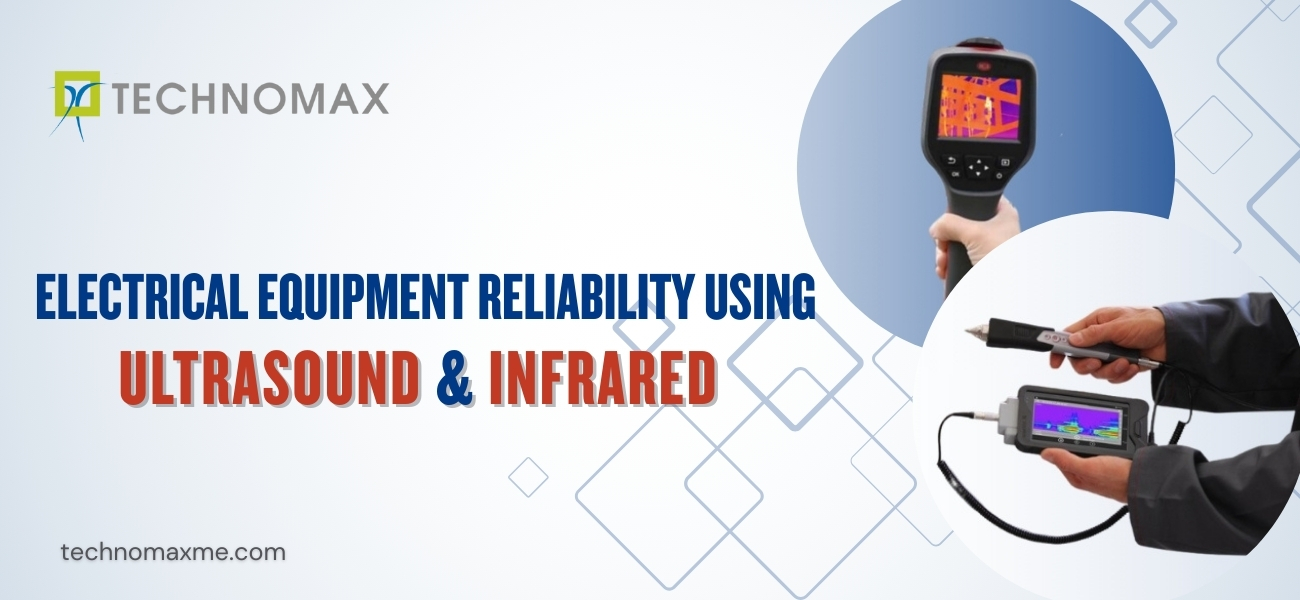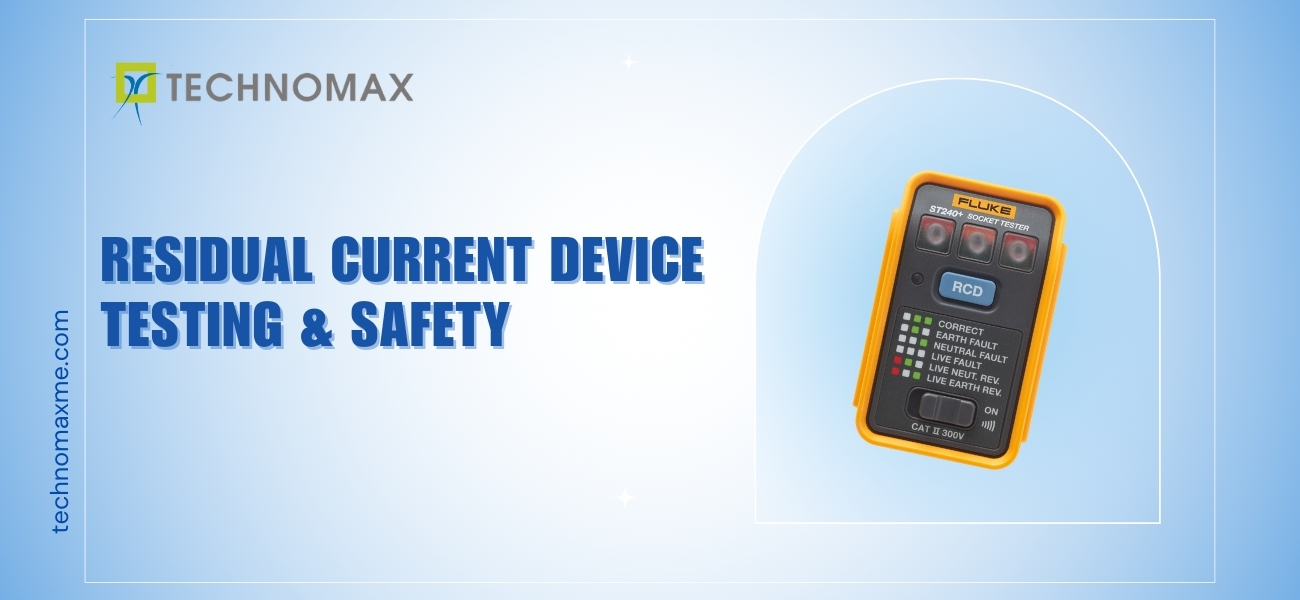
Cable Testing: A Practical Approach to Ensure Reliable Connections
Cable Testing: A Practical Approach to Ensure Reliable Connections
Cable Testing is the backbone of our modern infrastructure. Since cable is quietly facilitating the transmission of power and data that keep our world connected and running smoothly. From powering our homes and offices to enabling communication networks, cables play a vital role in our daily lives. However, like any critical component, cables are susceptible to wear and tear over time, which can lead to performance issues and, in some cases, failure.
Let's check the details. Cable testing and diagnostics encompass a range of techniques crucial for evaluating the insulation quality of high-voltage cable systems. During testing, the following are tested:
- Cable Conformity: Ensuring cables meet specific standards.
- Cabling Quality: Evaluating the materials and construction.
- Cable Functionality: Testing operational performance.
The Technomax cable testing and diagnostics service portfolio provides a comprehensive solution for efficiently and effectively testing and diagnosing the condition of high-voltage cables, ensuring reliability and cost-effectiveness.
Why Is Cable Testing Needed - Importance of Cable Testing
Cable testing is essential for several reasons. Firstly, it helps identify any defects or weaknesses in cables that could lead to performance issues or failures. By detecting these issues early, cable testing allows for preventive maintenance to be carried out, reducing the risk of costly downtime and ensuring the reliability of the infrastructure.
Secondly, cable testing ensures compliance with regulatory standards and industry best practices. Many industries, such as the electrical and telecommunications sectors, have strict regulations governing the installation and maintenance of cables. Cable testing helps verify compliance with these standards, ensuring the safety and reliability of the infrastructure.
Thirdly, cable testing aids in extending the lifespan of cables. By identifying and addressing issues early, cable testing procedures can help prevent premature failure and extend the lifespan of cables, saving money on replacement costs.
Underground Cable Testing
Underground Cable Testing plays a crucial role in power distribution, transmitting electricity safely and efficiently. For example, fibre optic cable testing. However, over time, these cables can deteriorate due to environmental factors or mechanical stress, leading to potential faults. An underground cable testing procedure is performed to assess the condition of these cables, ensuring their safety and reliability. Here, we explore the methods and importance of underground cable testing.
Fibre optic cable testing is a critical process in ensuring the reliability and efficiency of fibre optic communication networks. These tests are conducted to verify the integrity of the cables and identify any faults or issues that may affect their performance. Common Fibre optic cable testing methods include optical time domain reflectometer (OTDR) testing and optical loss testing.
Methods of Cable Testing:
The following are the different methods of testing of electrical power cables.
Physical Tests for Insulation and Sheath
- Tensile Strength & Elongation at Break
- Ageing in Air Oven
- Ageing in Air Bomb
- Ageing in an Oxygen Bomb
- Hot Set
- Oil Resistance
- Tear Resistance
- Insulation Resistance
- High Voltage (Water Immersion) Test
- Flammability Test (only for SE-3, SE-4)
- Water abortion Test (for Insulation)
Acceptance Test:
- Annealing Test (for Copper)
- Tensile Test (for Aluminium)
- Wrapping Test (for Aluminium)
- Conductor Resistance Test
- Test for the Thickness of Insulation & Sheath and Overall Diameter
- Tensile Strength & Elongation at Break of Insulation and Heath
- Hot Set Test for Insulation & Sheath
- High Voltage Test
- Insulation Resistance Test
Routine Test:
The following shall constitute the routine test.
- Conductor Resistance Test
- High Voltage Test
- Insulation Resistance Test
Types of Cable Testing
Now let’s understand various types of cable testing. There are several types of cable testing methods for testing cables’ High Voltage withstand capacity,insulation resistance,continuity,earth resistance etc.,
Here, we explore common cable testing methods and their importance in maintaining electrical safety.
- Partial Discharge Test
- Continuity Test
- Insulation Test
- Earth Resistance Test
- High Voltage Test
Partial Discharge Test
Partial Discharge (PD) testing is a crucial diagnostic method employed to assess the insulation condition of critical electrical equipment, including cables, transformers, and switchgear. PD arises from localised insulation breakdowns, leading to minor discharges of electrical energy. If left unattended, these partial discharges can gradually deteriorate insulation and ultimately result in equipment failure.
One of the primary advantages of PD testing lies in its ability to detect insulation defects at an early stage, enabling timely maintenance and repairs. Additionally, PD testing contributes to enhancing the overall reliability and safety of electrical systems, ensuring their continued efficient and effective operation.
Continuity Test
During a continuity test, a tester or multimeter is used to send a small current through the circuit. If the circuit is continuous (i.e., not broken), the current will flow through the entire circuit and return to the tester, indicating a complete path. This is typically indicated by a beep or a visual indication on the tester.
Insulation Test
Insulation testing is a critical aspect of electrical maintenance and safety. By using appropriate testing methods and equipment, electrical professionals can identify and rectify insulation issues, ensuring the safety, reliability, and compliance of electrical installations.
Earth Resistance Test
Earth resistance testing is a vital procedure used to measure the resistance of an earthing system, ensuring its effectiveness in providing a safe path for fault currents to earth. This test is essential for ensuring the safety of electrical installations and complying with regulatory standards.
High Voltage Test
High voltage testing helps ensure the reliable operation of electrical equipment and installations, minimising downtime and disruptions. High voltage testing helps ensure that the insulation of electrical equipment can withstand the high voltages present in the system, preventing electrical breakdowns and faults. By identifying potential insulation issues early, high voltage testing helps prevent electrical hazards such as shocks, fires, and equipment damage.
Low Voltage Test
Low voltage cable testing is a fundamental procedure in electrical maintenance, aimed at guaranteeing the safety and reliability of low voltage electrical installations. This testing encompasses various checks to assess the integrity of cables and detect any faults that could undermine their performance. Key tests include insulation resistance testing, which evaluates the resistance of the insulation surrounding the cables, and continuity testing, which confirms the presence of an uninterrupted path for current flow. By conducting these tests, potential issues can be identified early, enabling timely maintenance and ensuring the secure and effective operation of low voltage electrical systems.
Underground PD Testing with IPEC
Underground PD testing with IPEC is a vital tool for ensuring the integrity and reliability of underground cables. By detecting and addressing insulation issues early, this testing method helps prevent failures and improve the overall reliability of electrical power systems. Implementing regular PD testing as part of a comprehensive maintenance program is essential for ensuring the long-term performance of underground cables and the safety of electrical installations.
The IPEC Method:
- Inline Monitoring: The IPEC method involves the installation of sensors along the length of the underground cable to continuously monitor for PD activity. These sensors are capable of detecting PD signals even at low levels.
- Phase Sensitive Detection: IPEC uses phase-sensitive detection techniques to accurately detect and analyse PD signals. This allows for the identification of PD sources and the assessment of their severity, aiding in the prioritisation of maintenance actions.
- Data Analysis: The data collected from the sensors is analysed to determine the location and extent of PD activity along the cable. This information is used to assess the overall condition of the cable and make informed decisions regarding maintenance or replacement.
Online vs. Offline Partial Discharge Testing of Cables
Partial discharge (PD) testing is a critical technique used to assess the insulation condition of cables, helping to identify potential faults and prevent failures. Two primary methods of PD testing are online testing, which is performed while the cable is in operation, and offline testing, which is conducted when the cable is out of service. Here, we compare the two approaches of Online and offline partial discharge testing to understand their differences and applications.
Online Partial Discharge Testing:
- Testing During Operation: Online PD testing is performed while the cable is in service, allowing for real-time monitoring of PD activity.
- Continuous Monitoring: Online testing provides continuous monitoring of PD activity, allowing for early detection of insulation issues.
- Minimal Downtime: Since online testing does not require the cable to be taken out of service, there is minimal downtime associated with this method.
- Challenges: Online testing can be challenging due to the need to access the cable while it is in operation and the presence of electrical noise that can interfere with PD signals.
Offline Partial Discharge Testing:
- Testing Out of Service: Offline PD testing is performed when the cable is out of service, allowing for more thorough testing and analysis.
- Higher Accuracy: Offline testing can provide higher accuracy in detecting and analysing PD activity since there is no electrical noise from the operating system.
- Comprehensive Testing: Offline testing allows for more comprehensive testing, including insulation resistance testing and visual inspection.
- Extended Downtime: Offline testing requires the cable to be taken out of service, leading to extended downtime, which can be a disadvantage for critical systems.
Both online and offline PD testing have their advantages and disadvantages, and the choice between the two depends on the specific requirements of the application. Online testing is suitable for continuous monitoring and early fault detection, while offline testing provides more comprehensive testing and analysis. Implementing a combination of both methods as part of a comprehensive maintenance program can help ensure the integrity and reliability of cable insulation.
Benefits Of Cable Testing
While checking the benefits, cable testing procedures offer a multitude of benefits, ensuring the reliability, safety, and efficiency of electrical systems. Precisely, it helps to:
- Future-proof the Infrastructure
- Lifespan Extension
- Compliance Assurance
- Early Detection of Faults
- Reliable Operation
How Technomax Helps in Cable Testing?
At Technomax, we understand the critical role that cable testing plays in ensuring the reliability and performance of modern infrastructure. Our cable testing procedure and diagnostics service portfolio covers all the important requirements to test and diagnose the condition of high-voltage cables quickly, reliably, and cost-effectively.
With our expertise and state-of-the-art testing equipment, we can help you ensure the reliability and performance of your critical infrastructure. Being the leading engineering company in UAE, Technomax offers condition monitoring services like partial discharge testing, laser shaft alignment services, vibration analysis, infrared thermography testing etc. Contact us today to learn more about how Technomax can help you with your cable testing needs.
Learn More About Our Services

Recent Blogs

Get Started Now!
It takes less than a minute of your time. Or you may simply call +971 2 555 1 783






